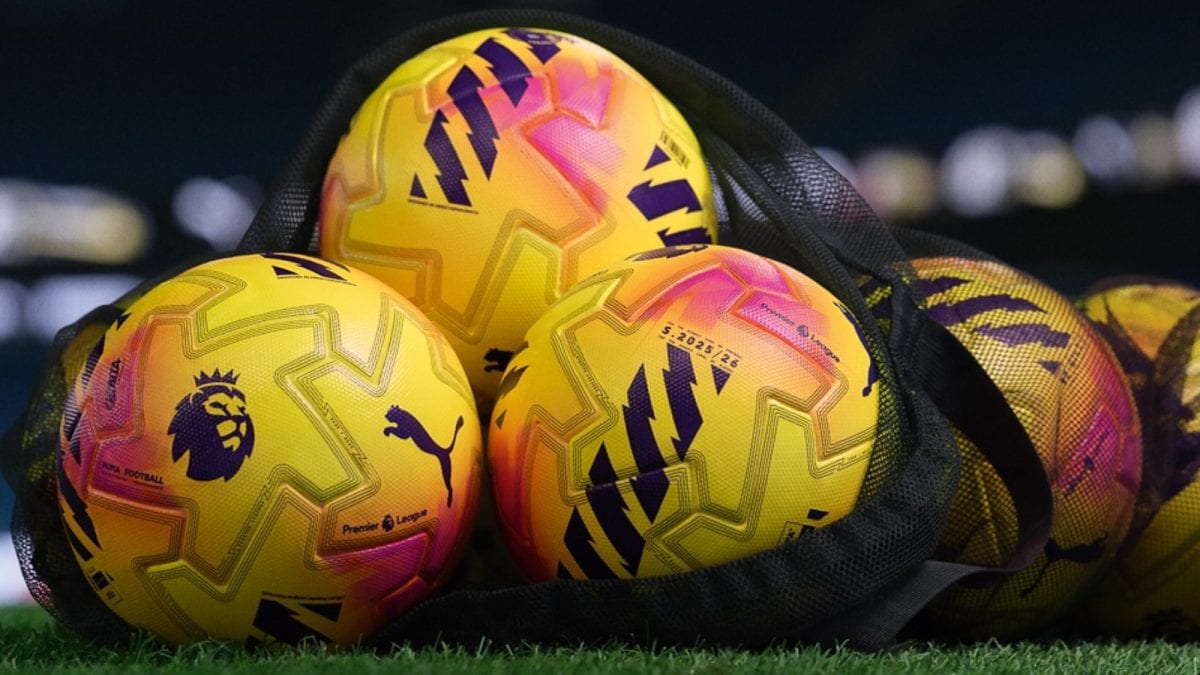ARTICLE AD BOX
 Harmanpreet Kaur celebrates with Shafali Verma. (Express photo by Narendra vaskar)
Harmanpreet Kaur celebrates with Shafali Verma. (Express photo by Narendra vaskar)
Many years ago, a young girl wearing her school uniform with a dupatta tied around her waist was troubling senior boys with her pace at the Guru Nanak College ground in Moga, Punjab. This is how Harmanpreet Kaur’s coach Kamaldeesh Singh Sodhi remembers the first time he saw the future Indian batting superstar. On Sunday in Navi Mumbai, that young girl from Moga, who has redefined women’s cricket in India, created history, becoming the country’s first-ever ICC Women’s World Cup-winning captain.
Kamaldeesh knew that day he had spotted a gem. “I was on my morning jog when I saw this girl bowling. I had not seen any other girl of her age bowling with that kind of pace and guile. I knew she was special,” Kamaldeesh told The Indian Express. But it is not with the ball in hand that Harmanpreet will go on to etch her name in the annals of Indian cricket history. With the bat in hand, swinging it through cleanly to be one of the women’s game’s most powerful hitters, and as the leader of the unit that triumphed through adversity. After so many heartbreaks over the years, she led India to their greatest win of all time.
After convincing her father to let Harmanpreet train at a private academy where he was the coach, 30 kilometers away from Moga, coach Kamaldeesh took her under his wing. Her father Harmandar Singh Bhullar, a district court clerk, was worried about the private school fees, but Kamaldeesh said he would take care of it. Thus began a fruitful coach-player partnership. “It’s Harmanpreet’s sheer willpower and the keenness to learn that has taken her so far,” Kamaldeesh said.
Harmandar established an early cricket connection with his daughter. On the day she was born, Harmandar bought a t-shirt with ‘good batsman’ printed on it. A prophetic decision. “I bought that t-shirt out of joy for becoming a father to a girl. But I knew that she would become a sportsperson. She played hockey and was into athletics too. When she started playing cricket, she developed a passion for the game,” Harmandar had told this paper earlier.
Adelaide-based Yadwinder Singh Sodhi, who is Kamaldeesh’s son, also coached Harmanpreet before he shifted to Australia. He watched on television as Harmanpreet made 89 and added 167 runs with Jemimah Rodrigues in the record chase in the semifinal against Australia. “She was ready to play second fiddle and knew that her stability could help Jemimah play with freedom at the other end. And then she would show her experience by the way she tackled Australian spinners Alana King and Ashleigh Gardner. Earlier, she played square of the wicket but then in the semi-finals, she used her footwork and understood that she cannot play on the rise on the slow wickets. The six above the cover off Tahlia McGrath and then hitting Ashleigh Gardner by stepping out are shots which only Harman can play with such dominance and force,” Yadwinder said.
Since she captained Moga to the Punjab Inter-District title in 2006, the district were champions for nine straight years before Harmanpreet got busy with national duty. Kamaldeesh saw a bright spark during an Inter-District Tournament in Patiala. “We were playing a match against Patiala for the Punjab Inter-District Trophy and during her knock of 75 runs, one of Harmanpreet’s sixes broke the window pane of a neighbouring house. The house owners were very angry but when they got to know that a girl had broken the windows with a six, they applauded Harmanpreet. When she played that knock of 171 runs against Australia in 2017 as well as the knock in the semi-finals of this World Cup, she would have inspired many more girls to take up cricket,” Kamaldeesh said.
The Indian captain is one of the top six hitters in the world. Yadwinder says it came naturally to her. “Perhaps it was in her genes that she could hit the ball at her will. When my father built the girls’ team, she was a medium pacer but then she spent time also on her batting. And as coaches, we could sense that she has what we call the cricketing IQ to strike the ball at the right spot. And then we would work on getting the art of getting runs in the cow corner and mid-wicket area by stepping out and slog sweeping too. It took some time but perhaps it was her early days of playing against much heavier-built boys that she became fearless. In 2009, months after her debut for India, she hit a 91m six against Ellyse Perry and she recalled how her bat was also checked. Apni will te six mardi hai shuru toh (She hits sixes on her own right from start),” Yadwinder said.
Story continues below this ad
Harmanpreet also had a two-year stint with Harshal Pathak in Pune, leading up to the 2017 World Cup, which refined her bat-swing to be more efficient. Over the course of her career, Harmanpreet has always shone on the biggest stages. The 171* belongs in cricket’s hall of fame but she now also holds the record for scoring the most runs in the history of Women’s ODI World Cup knockout matches (331 in 4 innings). At the 2018 T20 World Cup, she became the first Indian woman to score a century in the shortest format. And in this edition, she saved her best for the mighty Aussies.
During the course of this campaign, Harmanpreet faced many challenges as captain but she kept the squad together through a rocky league phase where the team lost three matches. Apart from being her intense self on the field, the world also saw her emotional side as she broke down in tears after the semifinal win. In the final, though she scored just 20, her decision to bring Shafali Verma to bowl proved to be a masterstroke.
Coach Kamaldeesh is overjoyed with the World Cup win but what also gives him immense satisfaction is how Harmanpreet has inspired other girls to take up cricket. “I am sure more parents will let their daughters play cricket, like the Harmans, Smritis, Jemimahs, and others.”
For Harmanpreet, it will undoubtedly go down as the greatest night of her career. She had told the ICC: “Itna haar liya hai, aur haar haar ke itna seekh liya hai…” In the final, she learned what it feels like to be the leader of World Champions.
Nitin Sharma is an Assistant Editor with the sports team of The Indian Express. Based out of Chandigarh, Nitin works with the print sports desk while also breaking news stories for the online sports team. A Ramnath Goenka Excellence in Journalism Award recipient for the year 2017 for his story ‘Harmans of Moga’, Nitin has also been a two-time recipient of the UNFPA-supported Laadli Media Awards for Gender Sensitivity for the years 2022 and 2023 respectively. Nitin mainly covers Olympics sports disciplines with his main interests in shooting, boxing, wrestling, athletics and much more. The last 17 years with The Indian Express has seen him unearthing stories across India from as far as Andaman and Nicobar to the North East. Nitin also covers cricket apart from women’s cricket with a keen interest. Nitin has covered events like the 2010 Commonwealth Games, the 2011 ODI World Cup, 2016 T20 World Cup and the 2017 AIBA World Youth Boxing Championships. An alumnus of School of Communication Studies, Panjab University, from where he completed his Masters in Mass Communications degree, Nitin has been an avid quizzer too. A Guru Nanak Dev University Colour holder, Nitin’s interest in quizzing began in the town of Talwara Township, a small town near the Punjab-Himachal Pradesh border. When not reporting, Nitin's interests lie in discovering new treks in the mountains or spending time near the river Beas at his hometown. ... Read More
Vinayakk Mohanarangan is Senior Assistant Editor and is based in New Delhi. ... Read More
Stay updated with the latest sports news across Cricket, Football, Chess, and more. Catch all the action with real-time live cricket score updates and in-depth coverage of ongoing matches.
© The Indian Express Pvt Ltd











 English (US) ·
English (US) ·